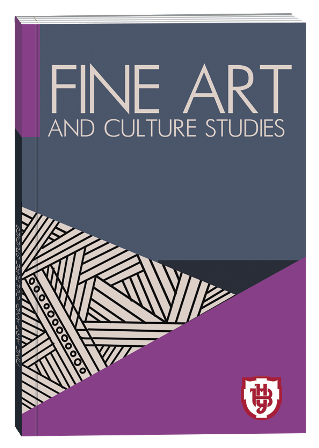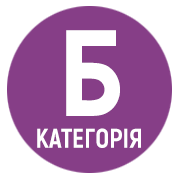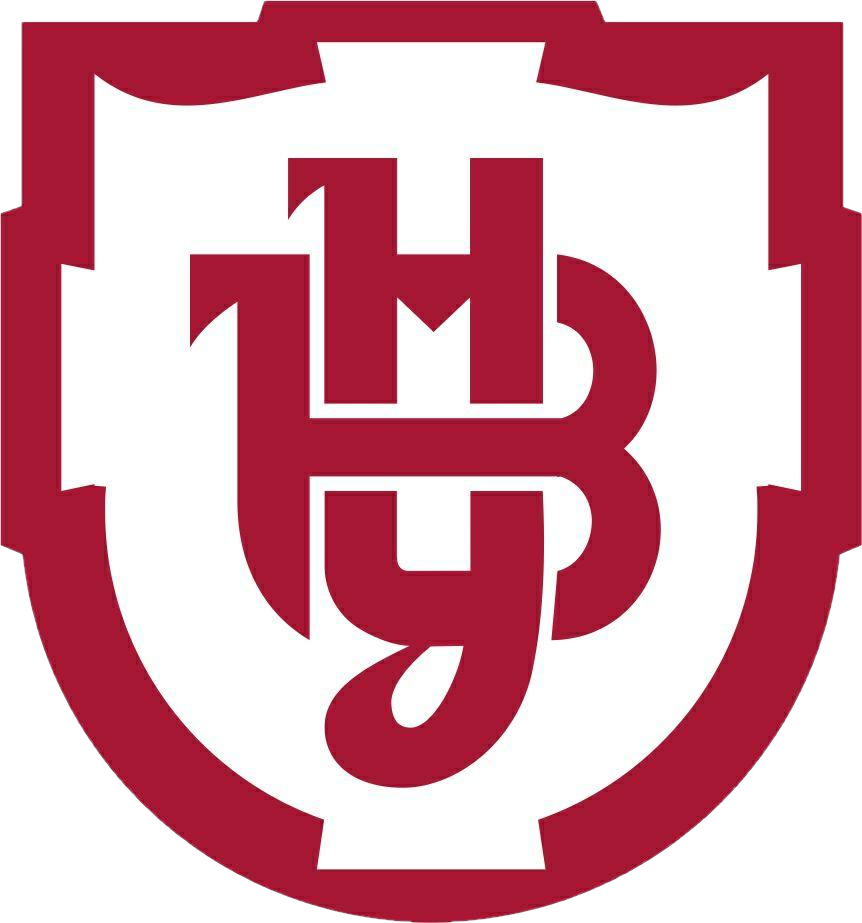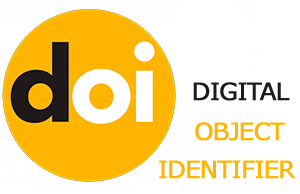TECHNOLOGICAL ART: DISCOURSES, TRANSFORMATIONS, PROSPECTS
DOI:
https://doi.org/10.32782/facs-2025-4-50Keywords:
technological art, media art, digital culture, bioart, immersiveness, intermediality, sociocultural transformationAbstract
In the contemporary cultural space, technological art plays an increasingly significant role as a domain of artistic reflection on scientific innovations, digital transformations, and social shifts. The changing status of the artwork, the introduction of new forms of audience interaction, and the integration of technologies into artistic practice necessitate a thorough theoretical consideration of this phenomenon. The article aims to highlight the main discourses, historical transformations, and developmental prospects of technological art, as well as to analyze methodological approaches to its interpretation. The research methodology combines cultural, phenomenological, sociocultural, and intermedial approaches, which allows for a comprehensive view of technological art as an integral component of contemporary culture.The scientific novelty lies in the proposed holistic systematization of historical stages and types of practices, as well as in the comparison of philosophical, historical, and technological perspectives with local contexts. It is demonstrated that technological art functions as a specific form of cultural modeling that simultaneously represents and constructs social relations, perceptual models, and regimes of sensibility. Analytical emphasis is placed on immersiveness, algorithmicity, relational interaction, bioethical dimensions, and issues of preservation/reproducibility of digital works. Special attention is given to Ukrainian media art, archiving practices, and the integration of local cases into the global discourse. The conclusions confirm that technological art is not only a new artistic phenomenon but also an instrument of critical reflection on the interrelation between humans, technology, and society. Its further study opens up new perspectives for the humanities, cultural policy, and educational strategies. The article also outlines future research directions, including the ethics and ecology of technological practices, the interface as a cultural form, methods of documentation and preservation, as well as models of curatorship and public participation in immersive and data-driven projects.
References
Benjamin W., Jephcott E., Livingstone R., Eiland H. The Work of Art in the Age of Its Technological Reproducibility, and Other Writings on Media / Eds. M. W. Jennings, B. Doherty, T. Y. Levin. – Cambridge, MA : Harvard University Press, 2008. – [Електронний ресурс]. – Режим доступу: https://doi.org/10.2307/j.ctv1nzfgns.
Винник У.Р. Людиновимірне розуміння техніки М. Гайдеґґером // Людина і світ. 2006. № 3. С. 84–88.
McLuhan M. Understanding media: The extensions of man. Berkeley : GINGKO Press, 2013. 336 с.
Baudrillard, J. Simulacres et Simulation. Paris: Galilée, 1981.
Burnham, J. Beyond Modern Sculpture. New York: Braziller, 1968.
Youngblood, G. Expanded Cinema. New York: Dutton, 1970.
Manovich, L. The Language of New Media. Cambridge, MA: MIT Press, 2001.
Paul, C. Digital Art. 4th ed. London: Thames & Hudson, 2023.
Grau, O. Virtual Art: From Illusion to Immersion. Cambridge, MA: MIT Press, 2003.
Popper, F. From Technological to Virtual Art. Cambridge, MA: MIT Press, 2007.
Drucker, J. Graphesis: Visual Forms of Knowledge Production. Cambridge, MA: Harvard University Press, 2014.
Prudenko, Y. History of media art in Ukraine. Archiving experience. Open Archive of Ukrainian Media Art. Retrieved August 21, 2025, from https://www.mediaartarchive.org.ua/eng/publication/dosvid-arkhivuvannya/








